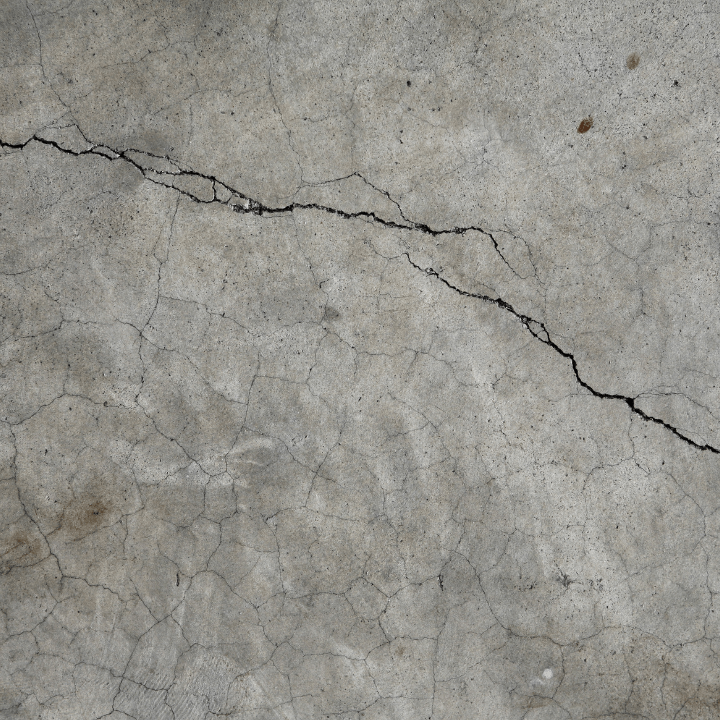Choosing the right paint for your home is a crucial decision that goes beyond just picking a color. The type of paint you select can significantly impact the appearance, durability, and overall performance of your walls. In this comprehensive guide, we’ll delve into the various types of paints commonly used for home applications, including oil-based, latex, interior, and exterior paints, shedding light on their unique features, benefits, and best use cases.
Oil-Based Paints:
Oil-based paints have long been a traditional choice for both interior and exterior surfaces. These paints are made by suspending pigments in an oil-based binder, often linseed oil or alkyd. One of the primary advantages of oil-based paints is their durability and resistance to wear and tear. They form a hard, glossy finish that stands up well to scrubbing and cleaning, making them ideal for high-traffic areas like kitchens and bathrooms.
However, there are downsides to oil-based paints. They have a strong odor, require adequate ventilation during application, and have a slow drying time, which may extend the overall project timeline. Additionally, cleanup involves the use of solvents like mineral spirits. Due to these factors, oil-based paints are less commonly used for interior projects in modern homes but are still favored for certain exterior applications.
Latex (Water-Based) Paints:
Latex paints, also known as water-based paints, have gained immense popularity for both interior and exterior applications. These paints use water as a solvent, making them easy to clean up with soap and water. Latex paints dry relatively quickly, reducing downtime during a painting project.
In interior spaces, latex paints are preferred for their low odor and easy application. They are also available in various finishes, such as flat, satin, semi-gloss, and high-gloss, catering to different preferences and usage requirements. Latex paints are suitable for walls, ceilings, and trim, providing a versatile and durable finish.
For exterior surfaces, latex paints offer excellent flexibility and resistance to temperature changes. They are less prone to cracking and peeling, making them an ideal choice for siding, doors, and trim. Additionally, latex paints are more environmentally friendly than their oil-based counterparts, as they release fewer volatile organic compounds (VOCs) into the air.
Interior Paints:
Interior paints are specifically formulated for use inside the home, offering a range of finishes to suit different spaces and preferences. The most common interior paint finishes include:
a. Flat Finish: This finish has a matte appearance, making it ideal for hiding imperfections on walls and ceilings. However, it is less resistant to stains and may not be suitable for high-traffic areas.
b. Satin Finish: Satin paints have a subtle sheen, providing a durable and washable surface. They strike a balance between the matte finish of flat paints and the glossiness of semi-gloss and high-gloss finishes.
c. Semi-Gloss and High-Gloss Finishes: These finishes are shiny and reflective, making them easy to clean and resistant to moisture. They are often used for trim, doors, and areas that require frequent cleaning.
Exterior Paints:
Exterior paints are specially formulated to withstand the harsh conditions of the outdoors, including exposure to sunlight, rain, and temperature fluctuations. They provide protection against elements that can damage surfaces over time. Key considerations for exterior paint include:
a. Weather Resistance: Exterior paints are designed to withstand the impact of weather conditions. They have additives that make them resistant to fading, cracking, and peeling.
b. Mildew Resistance: Exterior paints often include mildewcides to prevent the growth of mold and mildew, especially in humid climates.
c. UV Protection: Sunlight can cause colors to fade over time. UV-resistant pigments in exterior paints help maintain the vibrancy of the color for an extended period of time.
d. Flexibility: Exterior surfaces expand and contract with temperature changes. Flexible formulations in exterior paints help prevent cracking and peeling.
Selecting the right type of paint for your home involves considering various factors, including the location, desired finish, and specific requirements of each space. Whether you opt for the timeless durability of oil-based paints, the versatility and eco-friendliness of latex paints, or the tailored solutions of interior and exterior paints, understanding their unique characteristics will empower you to make informed decisions for your next painting project. With this comprehensive guide, you can confidently navigate the vast palette of paint options available and transform your living spaces with colors that not only please the eye but also stand the test of time.






